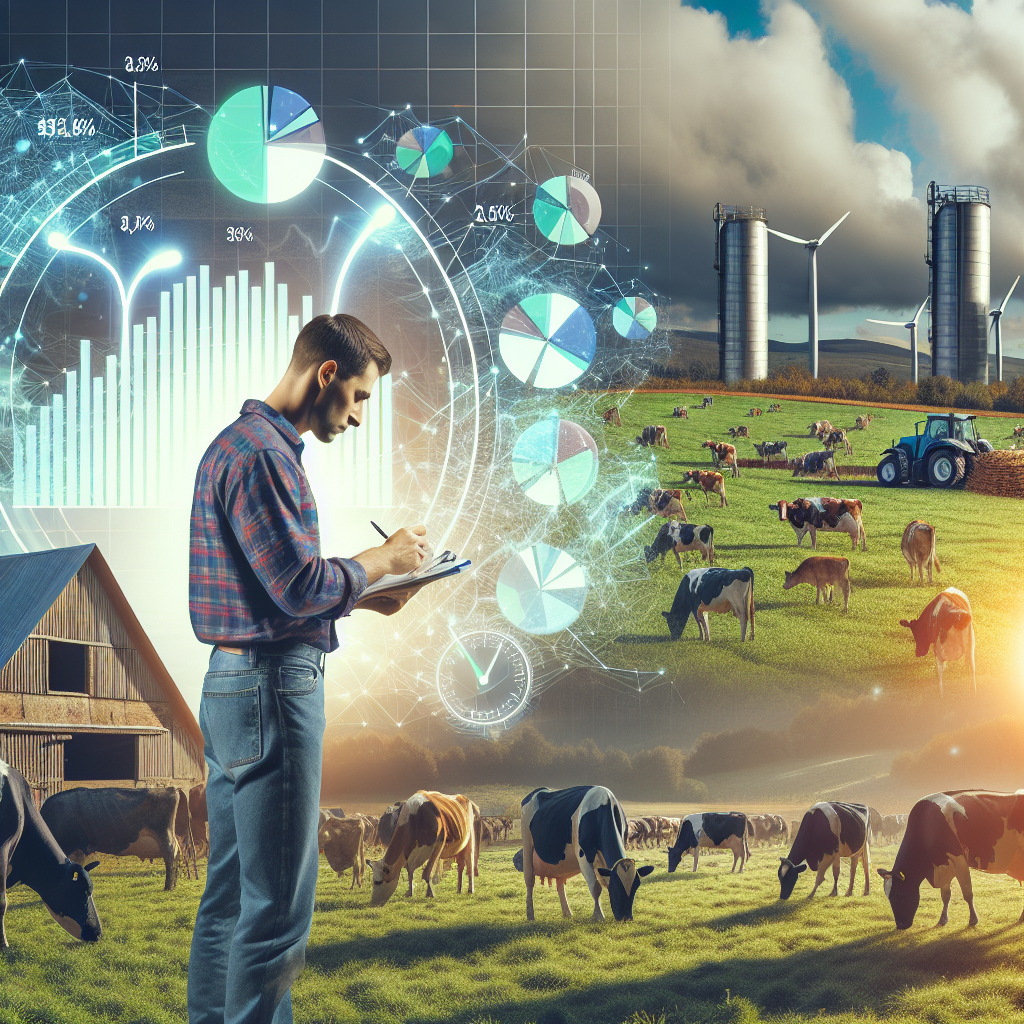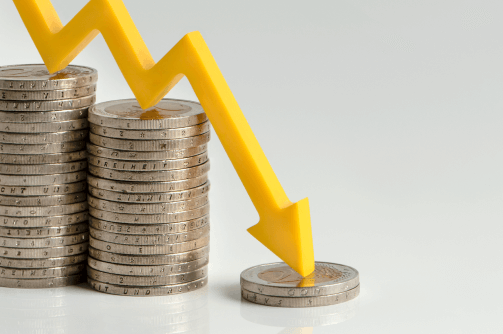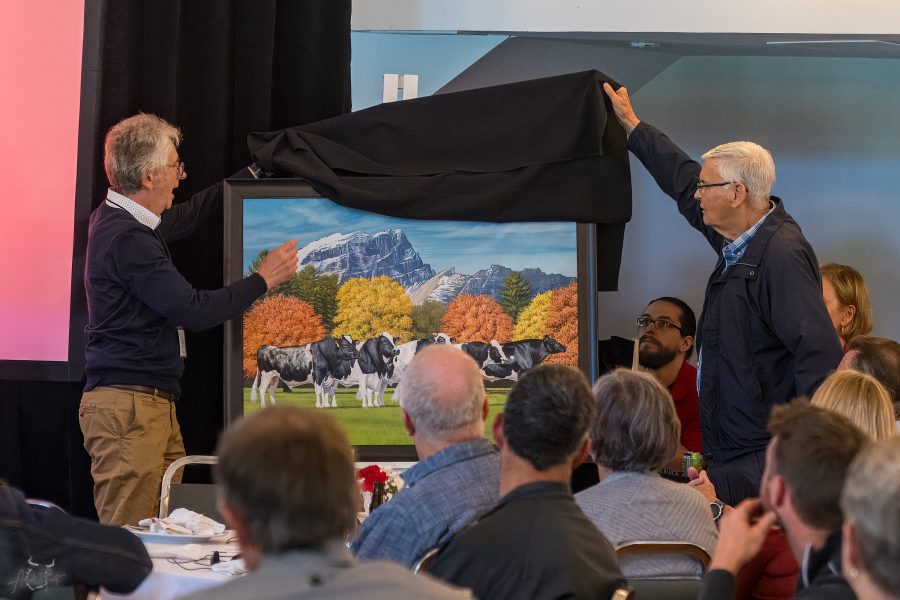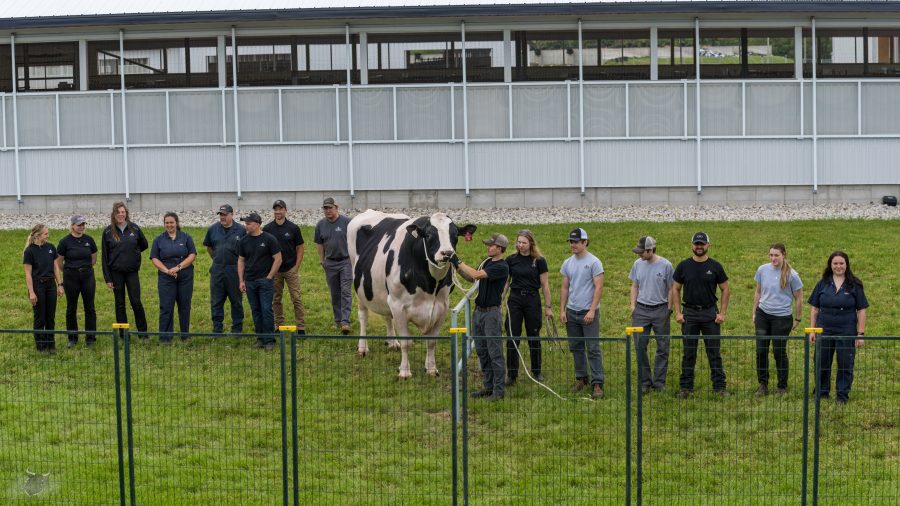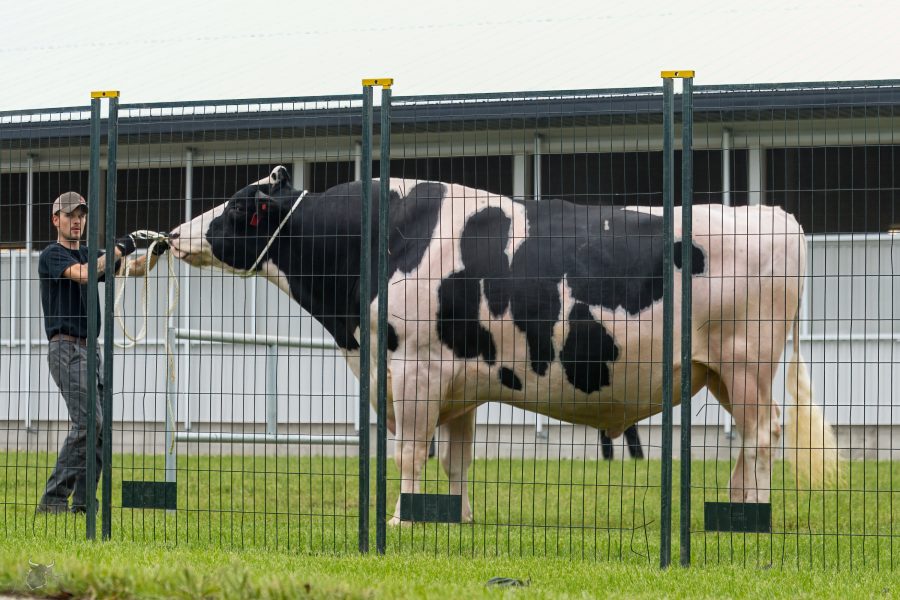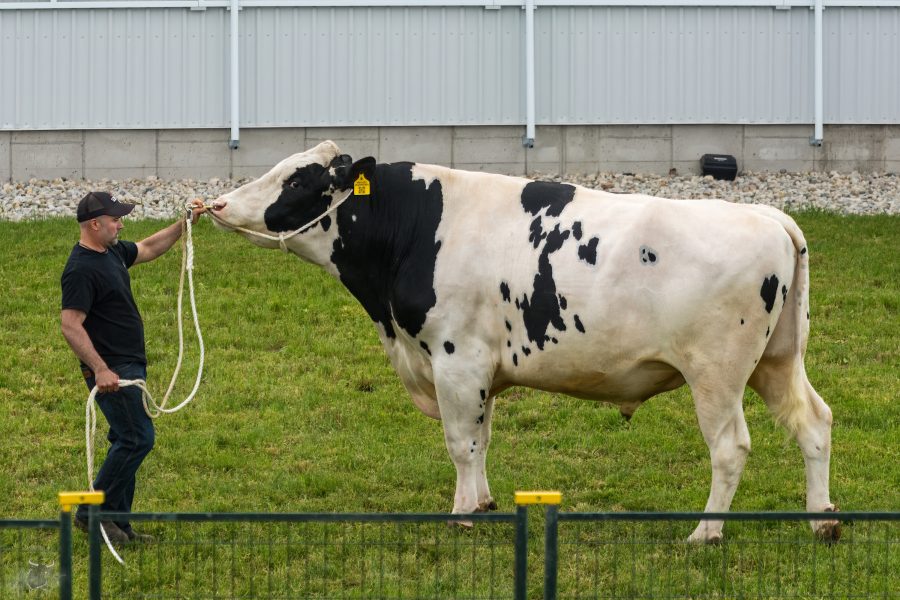Why are Australian farmers protesting new government policies? Are these regulations putting their livelihoods at risk? Discover the impact of dairy farming now.
Summary:
Australian farmers recently staged a significant protest in the capital, opposing government policies influenced by environmental and animal welfare agendas. These include bans on live sheep exports, water usage restrictions, and renewable energy projects in rural areas, leading to significant discontent among farmers. Over 2,000 participants rallied, marking the largest nationwide farmer gathering in Canberra since the 1980s. National Farmers’ Federation President David Jochinke emphasized the need for respect and acknowledgment. With federal elections looming, farm lobby leaders are mobilizing to challenge the current Labor government, whose policies they claim threaten their livelihoods. Despite government efforts to expand markets and invest in biosecurity, many farmers believe the government does not understand or listen to their concerns. This outcry reflects a global wave of farmer unrest against stringent environmental regulations.
Key Takeaways:
- Australian farmers are protesting against policies that harm their ability to farm and sustain their livelihoods.
- The government’s intentions include banning live sheep exports, restricting water use, and expanding renewable energy infrastructure.
- The National Farmers’ Federation insists that farmers deserve respect and voices should be heard.
- Agriculture Minister Julie Collins states the government is committed to helping farmers, citing market expansions and investments in biosecurity.
- The rally, attended by over 2,000 farmers, marks the first large-scale nationwide protest in the capital since the 1980s.
- Similar protests are occurring globally, reflecting widespread frustration among farmers over regulatory burdens and increased operational costs.
- Farmers’ advocacy groups aim to leverage their influence in the upcoming federal elections to push for more favorable policies.
- There is increasing concern that protests driven by ideology rather than evidence could negatively impact the global food supply.

Are rules aimed at protecting the environment and animal welfare affecting those who provide food on our tables? Thousands of Australian farmers, mainly in the dairy industry, believe so. They’ve banded together in a countrywide demonstration, the first in the capital since the 1980s, to take a strong stance against what they see as damaging government policies. Among the most problematic topics motivating this protest are the prohibition of live sheep exports, restrictions on water usage, and the acceleration of renewable energy and transmission infrastructure building in rural regions. “We deserve to be respected and have our voices heard,” said David Jochinke, President of the National Farmers Federation. “Alternative voices are united against us.” With over 2,000 attendance, this demonstration shows the agricultural community’s rising displeasure and perceived separation from the center-left Labour administration.
Agriculture’s Backbone: The Vital Role of Australian Dairy Farmers in Global Food Supply
Australia is a significant contributor to global food production. With broad terrain ideal for different forms of farming, Australia’s agricultural industry is diversified, spanning from grain production to animal rearing. Notably, its significance as a major exporter of agricultural goods cannot be emphasized, with commodities such as wheat, meat, and dairy products sent globally generating billions of dollars annually.
Dairy farming, in particular, plays a critical role in this business. Australia is a significant dairy exporter, delivering milk, cheese, and other dairy products to markets across Asia, the Middle East, and beyond. This industry enhances the national economy and helps rural areas by providing jobs and supporting auxiliary companies. Dairy producers, therefore, play an essential role in ensuring the vitality and profitability of Australia’s agricultural core.
However, recent government measures have become problematic among these farmers. The Labor government’s drive for stricter environmental restrictions and animal welfare rules has alienated many farmers. These rules, intended to address greater climate and ethical problems, contrast starkly with the actual realities of agricultural operations, provoking arguments and, as a result, demonstrations such as the one we experienced.
So, what exactly are these government policies sparking such uproar among Australian Farmers? Let’s Explore the Details.
First, the restriction on live sheep exports has become contentious. Farmers believe the restriction jeopardizes their livelihood by cutting off a vital cash source. Australia is a prominent participant in the live sheep export business, and interrupting it might cause significant financial losses. Furthermore, it is not just about money but also about the future of agricultural communities that have grown around this business.
Another contentious issue is the imposition of water usage limitations. While controlling water consumption is crucial in a nation where water shortage is a significant problem, these constraints can be disastrous from a farmer’s standpoint. Many farmers find these limits unreasonable and ill-informed, jeopardizing their ability to grow food and raise cattle. The struggle to balance resource preservation with the need to produce food is a daily challenge for these farmers.
We also have renewable energy initiatives across rural regions. While the transition to renewable energy is critical for mitigating climate change, it is challenging for all parties involved. Farmers face additional issues when solar and wind farms are built on or near their properties. These projects often devour enormous areas of productive agricultural land and interrupt farming operations, prompting many to wonder if the benefits exceed the drawbacks.
While the rules in question are based on long-term environmental and animal welfare aims, they directly and directly influence the agricultural community. The outrage is not just about opposing change; it’s about advocating for laws that balance environmental practices and the sustainability of farming livelihoods. This perspective is crucial to understanding the farmers’ concerns.
Are Government Policies Putting Farmers’ Livelihoods at Risk?
Farmers claim that these measures harm their way of life and undermine the fundamental basis of their livelihoods. They feel the government is ignoring the delicate balance essential for successful farming by limiting live sheep exports, limiting water usage, and expediting renewable energy projects in rural regions. To them, these are not just policies but a direct assault on their ability to continue their activities, activities they have dedicated their lives to.
David Jochinke, President of the National Farmers’ Federation (NFF), expressed his concerns: “We deserve to be respected.” Right now, alternative voices seem to be unified against us. This feeling is widely shared by the farming community, which feels more alienated by a government prioritizing environmental advocacy above practical agricultural concerns. They feel unheard, and it’s a feeling that’s hard to shake.
Many farmers see these rules as a direct assault on their ability to continue their activities. Water restrictions, for example, place massive strain on dairy producers, who depend on abundant and continuous water supply to preserve their herds’ health and production. One farmer firmly exclaimed, “How can we maintain our livestock healthy without enough water? We are more than figures on paper; we are families with generations of roots in this country.
Live sheep export prohibitions also affect farmers since Australia is a significant exporter. Farmers’ revenue streams and futures are jeopardized when denied access to this market. “It’s not just about lost revenue,” a farmer told me. “It’s about losing a part of our identity and heritage.”
While critical to fighting climate change, the drive for renewable energy projects has raised land usage and compensation issues. Rural people believe these initiatives often ignore their input and damage customary agricultural landscapes. One farmer said, “We support clean energy, but not at the expense of our farms and families.”
Statistics point to a more considerable unhappiness among farmers. Only 10% feel the government has a constructive strategy for agriculture. In comparison, a stunning 80% say the government does not understand or listen to farmers, up from 41% the previous year. These figures highlight the widening rift between policymakers and the rural community.
The stakes in an essential industry like agriculture could not be more significant. Australian farmers’ worries mirror those of their colleagues in Europe and other areas of the globe. Jochinke clarifies: “We are not opposed to progress, but progress must include and respect the voices of those who feed the nation and the world.”
A Historic Gathering: The Unforgettable Rally That Shook the Capital
The protest was unprecedented, with almost 2,000 farmers gathering in the capital. Walking through the crowd, the air was filled with a firm resolve and anger. The agricultural community demonstrated solidarity with signs saying “Respect Farmers” and “Save Our Industry” and chanting through the streets. This march was the first national assembly of farmers in the capital since the 1980s, highlighting the widespread dissatisfaction with the present policy. Everyone recognized the importance of this large-scale mobilization, which served as a clear reminder of these farmers’ critical role and tenacity in safeguarding their livelihoods.
Global Protests: Farmers Worldwide Demand Fair Policies
Dissatisfaction among Australian farmers is uncommon when connecting the links worldwide. Similar rallies spread across Europe and other areas, delivering a solid message to politicians. Take France, for example, where farmers have protested strict environmental rules that they claim make their farms financially unsustainable. In the Netherlands, farmers drove tractors to The Hague to protest nitrogen pollution limitations, which might force farm closures. These rallies highlight a familiar narrative: although environmental regulations are well-intended, they put unnecessary pressure and financial hardship on farms.
This wave of agricultural discontent is in response to a succession of government policies prioritizing environmental sustainability above practical farming realities. In Germany, agricultural workers voiced dissatisfaction with the move to organic farming standards and chemical reductions. Meanwhile, there is rising worry in New Zealand that climate change restrictions are being ignored in favor of urban expansion. The list continues, with farmers in Italy, Spain, and Canada speaking out.
These demonstrations highlight a significant conflict between environmental ideals and agricultural profitability. Many farmers are open to the concept of sustainability. Instead, they seek a balanced strategy considering financial stability and practical issues. Studies confirm this feeling, showing that 80% of farmers think their governments do not understand or respond to their concerns, up significantly from prior years.
The underlying thread across these worldwide movements is a desire for fairer, more informed policy. Farmers globally want to be heard, respected, and included in policymaking. Their message is clear: policies for sustainable farming must be established with farmers in mind, not around them.
Election Watch: Farmers’ Voices Could Tip the Scales
The political significance of this widespread demonstration cannot be emphasized. With federal elections set for May of next year, thousands of farmers’ robust and united voices send politicians a clear message: listen to our issues or face the repercussions at the vote box. The farmers’ collective discontent, backed by figures showing that just 10% feel the government has a constructive strategy for the agriculture industry, demonstrates a wide gap between politicians and the agricultural community. With 80% believing that the administration neither understands nor listens—up from 41% last year—there is a growing tide of unhappiness that might be decisive in the elections. [Source: National Farmers’ Federation Survey, 2024]
Farm lobbyists aren’t sitting idly by. They are running sophisticated efforts to affect political outcomes. These techniques involve aggressive fundraising attempts to gather the financial resources required to influence public opinion and governmental actions. They’re also laser-focused on marginal seats, where even a little vote movement may decide who is elected. Lobbyists hope that by aligning their efforts with political candidates who support their view on agricultural issues, they may guarantee that the next government is more aware of the demands and problems of farmers.
The demonstrations are more than a request for legislative changes; they are a call to action for farmers and political leaders. The next federal elections will be a critical battlefield, and the agriculture sector’s united front might tilt the balance in favor of those advocating for fair and supportive farming policy. It’s a poignant reminder that in politics, the voices of a few committed individuals may have a significant impact.
The Bottom Line
Australian farmers need to be more apprehensive about the effect of government policies shaped by environmental and animal rights campaigners. The phase-out of live sheep exports, water limitations, and rural renewable energy projects are all significant challenges. This has resulted in substantial discontent, as seen by the recent countrywide march in the capital. The demonstrations are part of a more significant trend of farmers throughout the globe resisting rules that they believe endanger their livelihoods.
Balancing vital environmental rules and the long-term viability of the agriculture industry that feeds the globe is critical. As federal elections approach, farmers’ voices play a crucial role.
How will future legislation balance environmental care with the practical necessities of farming? The future of Australian agriculture, a vital component of the global food supply system, is at stake.
Learn more:
- Australia’s Dairy Farmers Struggle as Major Processors Slash Milk Prices by 15%
- American Dairy Farmers Grapple with Trade War and Immigration Policies: The Fight to Stay Afloat
- Ireland’s Dairy Farmers Battle Persistent Rain
 Join the Revolution!
Join the Revolution!
Bullvine Daily is your essential e-zine for staying ahead in the dairy industry. With over 30,000 subscribers, we bring you the week’s top news, helping you manage tasks efficiently. Stay informed about milk production, tech adoption, and more, so you can concentrate on your dairy operations.







 Join the Revolution!
Join the Revolution!